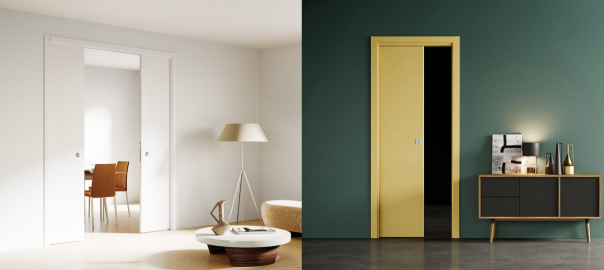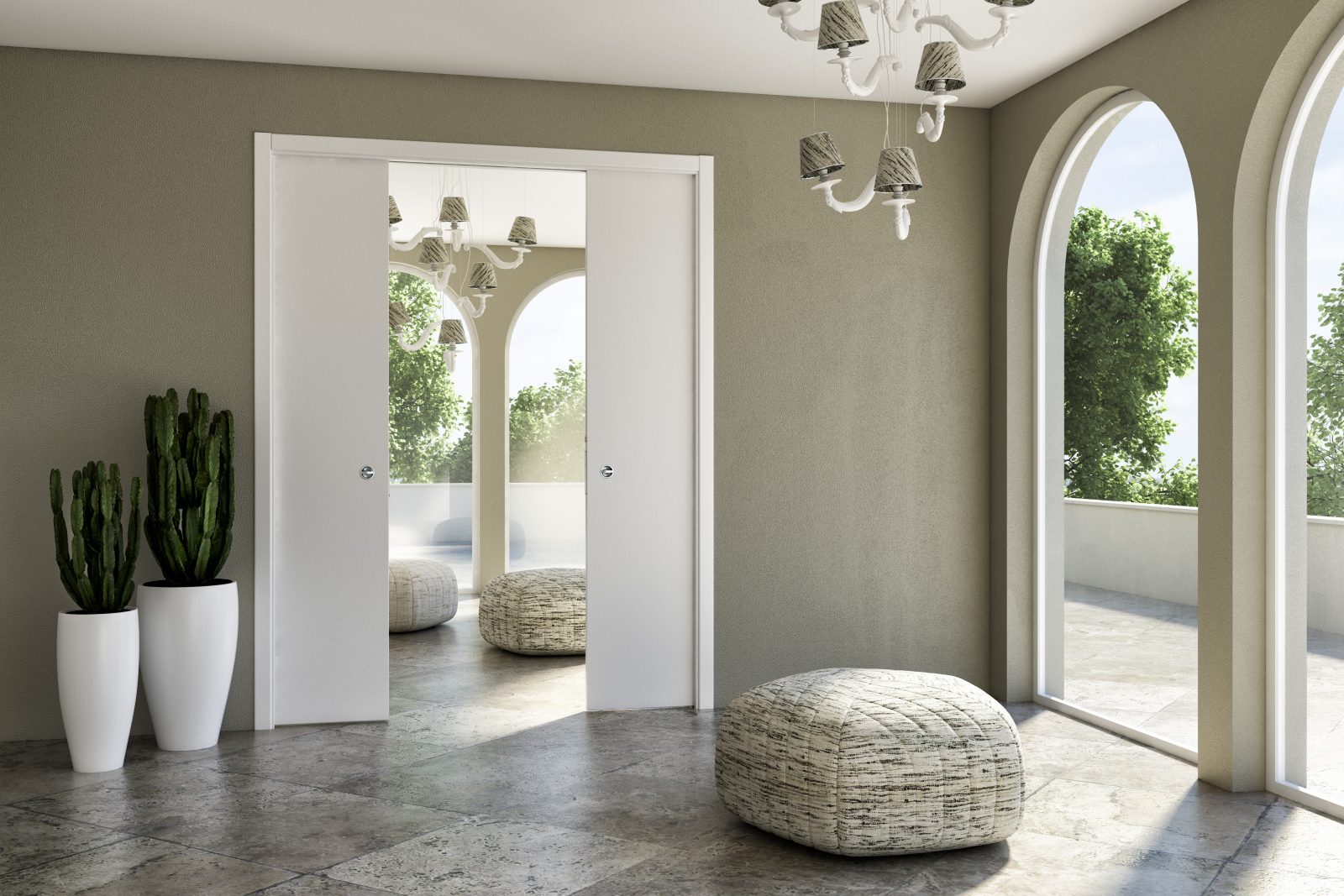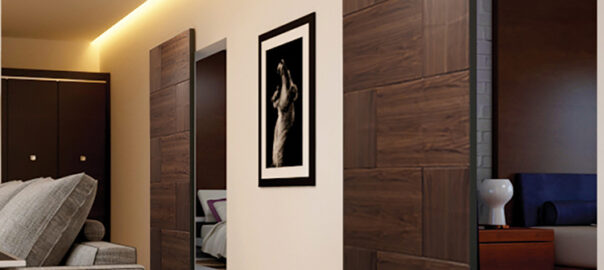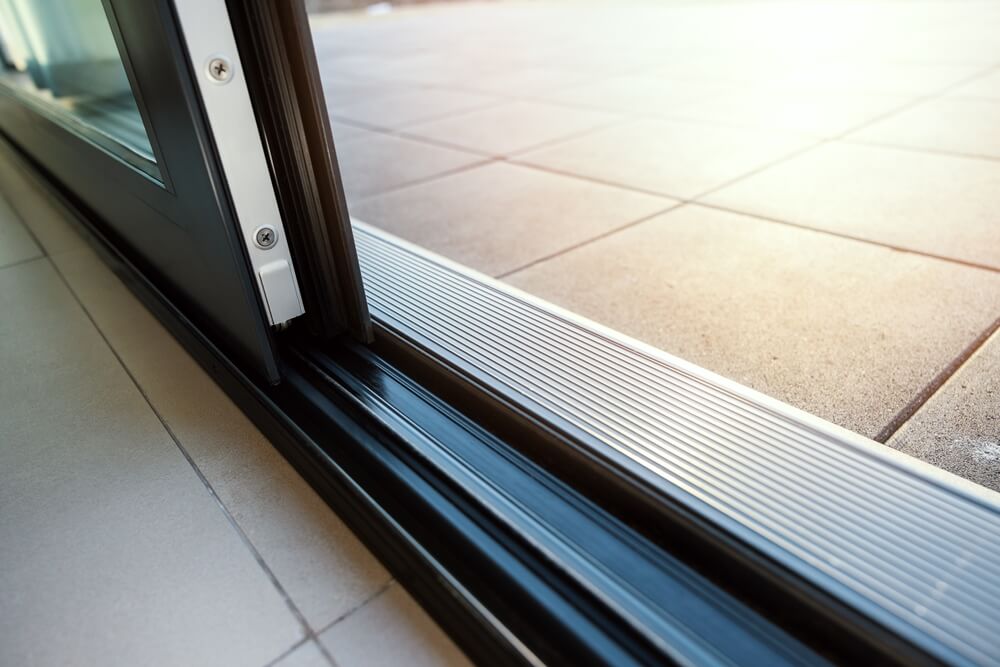
Sliding doors of all varieties make an excellent addition to any space.
From increasing available square footage to allowing more natural light to flow through a property, it’s no wonder they’re a popular choice for many domestic installations.
If you’ve got a sliding door project coming up, one of the most important things is choosing the right sliding door hardware.
With many different options available, even if you want to complete a high-quality installation and ensure perfect performance for your clients, it can be difficult to decipher which system is right for the project you’re working on.
Read on as our experts at Runners discuss the top things to consider when picking out sliding door gear to help you with your next client project.
1. Internal vs external
One of the most important questions to ask your clients before getting started on their project is whether they’re having their sliding door fitted inside their home or out.
For example, if your client wants to fit an external sliding door, you’ll need to choose weather-proof and corrosion-resistant hardware that provides a high level of security.
Here at Runners, we supply an extensive range of in-building and on-building sliding door systems, that are the ideal choice for various types of doors and internal or external locations.
2. Track type
There are several different track types available to support sliding doors, including:
The majority of internal and external sliding door systems are fitted with a top-hung system, where the hangers are fixed to the top of the door to provide sufficient support to carry its weight.
At Runners, we supply several different top-hung systems, from the Evo single and double pocket door kits to the Tommafold 100 Straight Sliding Door System that are ideal for a range of internal sliding door applications.
A bottom rolling system may be a better fit for installations that require enhanced structural support—like orangeries or conservatories, outbuildings, and extensions, for example.
Depending on the system you choose, these systems are designed with one or two rollers that attach to the bottom of the door. They allow the weight of the door to be carried from below and provide a stable, reliable solution for clients who need it.
For your clients who are going for a more minimalist look, concealed or invisible sliding door tracks for internal doors, offer a sliding door experience without exposing the tracks, which can sometimes be a real eyesore.
Being fitted to the back of a door, the sliding mechanism is completely hidden – providing a clean, contemporary finish for whatever interior project you’re working on.
3. Weight and size of the door
Other important things that will help you determine the most suitable system for your client are the weight and size of the door to be installed.
Sliding door gear is rated based on the maximum weight it can withstand, so be sure to check the weight of your client’s door to be hung to enable you to select a system that can support it sufficiently.
Lighter doors, like hollow-core or MDF for example, require less robust gear than the likes of solid wood or glass doors, so be sure to keep this in mind when making your final selections.
Before ordering sliding door hardware for your professional project, make sure to make a note of the dimensions of the door to ensure the track length and hardware can comfortably accommodate the door’s size.
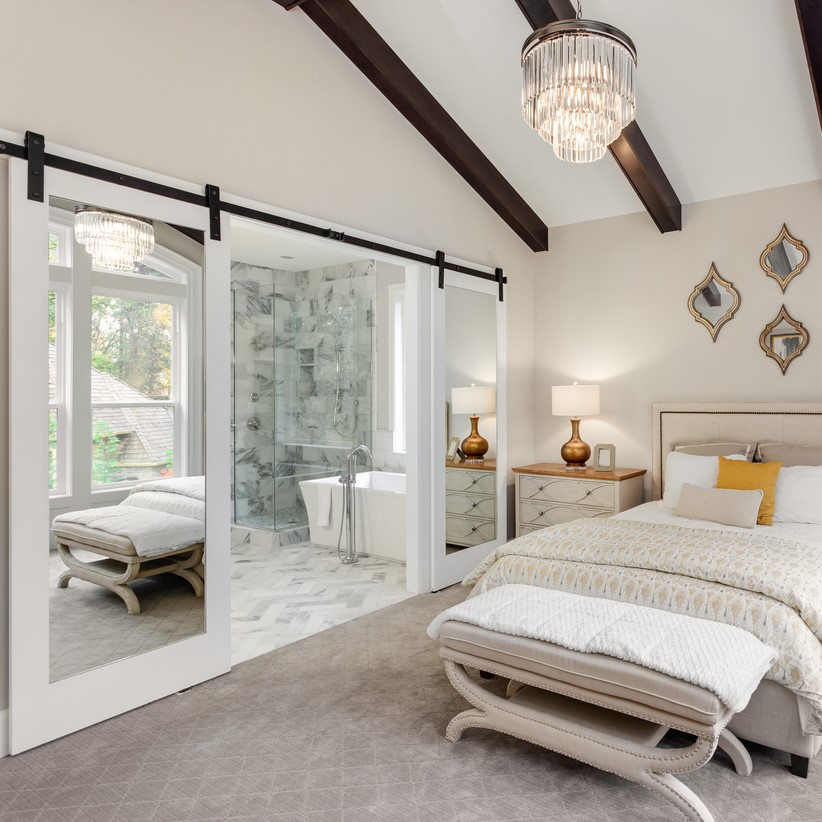
4. Space availability
Before recommending a solution for your client, make sure to assess their available space.
Of course, if they have a larger area to work with their options are virtually limitless, but if they’ve only got a small space, you’ll need to talk them through your suggestions carefully.
Think: will it be best for the door to slide into a cavity wall? Or just along the outside of the wall?
No matter the outcome, our range of sliding door systems ensures you’ve got the ideal solution for every one of your professional projects.
5. Material compatibility
Some systems are better suited to specific types of doors than others, so make sure you choose a kit that’s compatible with your client’s door.
For instance, some systems work better with lighter materials, like aluminium and MDF, whilst others are well-suited to heavy wooden or composite doors.
At Runners, all our in and on-system sliding door kits are suitable for use with glass, wood, and metal doors, so you’re guaranteed to find something perfect for the project you’re working on.
Order top-quality sliding door systems at Runners
Here at Runners, we’re proud to supply a huge range of sliding door systems that are the ideal match for all your professional projects.
We’ve been supporting professional joiners and other tradespeople with our sliding door systems for decades. By using only the highest-quality materials, we know they’re built to last, easy to install, and offer the very best value for money, making them the perfect all-round solution for all your clients.
Browse and shop our sliding door gear online for convenient next-working-day delivery or get in touch with our friendly team to find out more.
